How to Start an Ecommerce Store: Essential Tips for Success
Table of Contents
- Why Starting an Ecommerce Business Is a Smart Move Today
- Step-by-Step Guide: How to Start an Ecommerce Store
- How Modelia Helps New Ecommerce Stores Launch with High-Impact Visuals
- Bonus: Common Mistakes When Starting an Ecommerce Store
- FAQs
- Summary Table: Key Steps to Start Your Ecommerce Store
- Final Thoughts on how to start an Ecommerce Store
Launching your own ecommerce store is one of the most exciting and accessible ways to build a modern business. With low startup costs, global reach, and endless tools to support your growth, starting an ecommerce business has never been more achievable, even without technical experience. Whether you're dreaming of launching a fashion label, selling handmade products, or creating a niche brand, this guide breaks down exactly how to start an ecommerce store that’s set up for long-term success.

Why Starting an Ecommerce Business Is a Smart Move Today
The ecommerce industry continues to surge, with global online retail sales projected to hit over $6 trillion by 2026. Platforms like Shopify, WooCommerce, and BigCommerce have made it easier than ever for entrepreneurs to launch their own online stores in just a few clicks.
And with tools like AI product imagery, social commerce integrations, and automation platforms, you can compete with big brands without a big budget.
But success doesn't come from just opening a digital storefront. You need the right foundation, strategy, and tools to stand out and convert browsers into buyers.
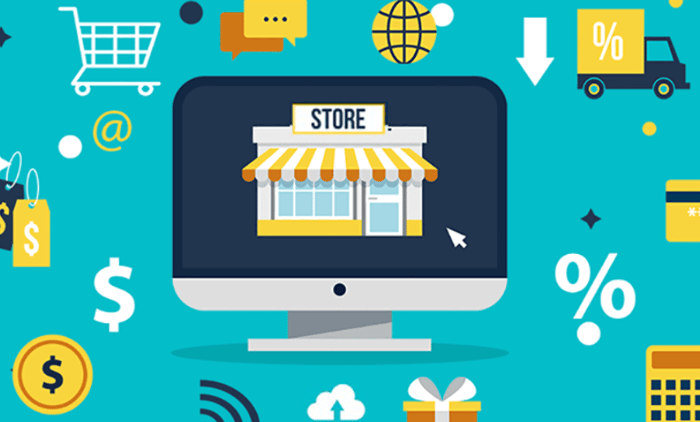
Step-by-Step Guide: How to Start an Ecommerce Store
1. Choose the Right Niche and Product
Start by identifying a market opportunity. Ask yourself:
What are people searching for that’s under-served?
What can I offer that's unique, better, or more targeted?
Is there long-term demand and room for growth?
Use tools like Google Trends, keyword research, and even Reddit or TikTok to validate demand before investing.
2. Select Your Ecommerce Business Model
Pick a business model that aligns with your resources and goals:
DTC (Direct-to-Consumer): You manage product, marketing, and customer experience.
Dropshipping: Sell without holding inventory—ideal for low-risk testing.
Print on Demand: Great for creatives selling apparel, art, or accessories.
Wholesale/B2B: Sell in bulk to other businesses.
3. Register Your Business and Handle the Legal Basics
Make it official by:
Choosing a business name and registering your domain
Setting up your legal structure (LLC, sole proprietorship, etc.)
Handling tax IDs, payment gateways, and shipping compliance
This builds trust with customers and prepares you to scale.
4. Build Your Ecommerce Website
Use platforms like Shopify, WooCommerce, or Squarespace to build your store. Look for:
Mobile-optimized templates
Easy product and inventory management
Built-in SEO and analytics tools
Integration with marketing channels like Instagram, TikTok, and Google
5. Create High-Converting Product Pages
Your product photos, descriptions, and layout are make-or-break. Aim for:
Clear, benefit-driven product descriptions
Lifestyle and detail shots from multiple angles
Fast loading speeds and clean design
📸 Pro tip: Use Modelia to create premium product and model images powered by AI, no expensive photoshoots required.
6. Set Up Secure Payments and Logistics
Offer seamless checkout with providers like:
Stripe
Shopify Payments
PayPal
Also, define your shipping strategy:
Will you offer free shipping?
What’s your return policy?
Will you ship globally?
Use fulfillment solutions like ShipBob or print-on-demand partners to streamline logistics.
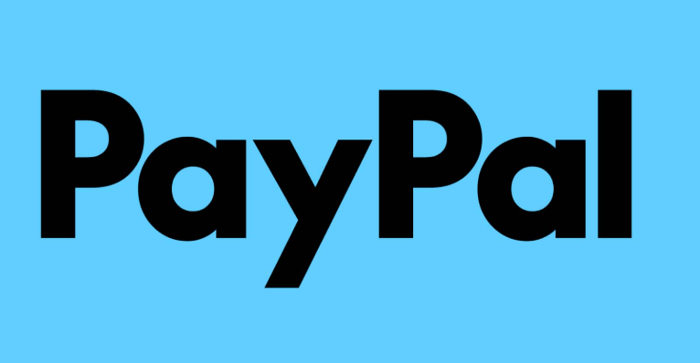
7. Launch Your Store with a Marketing Plan
Before you hit "publish", plan your launch. Consider:
Building an email waitlist
Creating teaser content on Instagram or TikTok
Partnering with micro-influencers for product seeding
Running targeted ads for your opening week
How Modelia Helps New Ecommerce Stores Launch with High-Impact Visuals
If you're just starting out, visual content is one of the fastest ways to earn trust and drive conversions. But traditional photoshoots are time-consuming, expensive, and limiting.
Modelia solves this with AI-powered fashion and product imagery that looks like it came straight from a professional studio. With Modelia, you can:
Instantly generate model-on-body or flat lay images
Customize backgrounds, styles, and poses to match your brand
Create consistent visual assets for social, web, and ads—at scale
Startups love Modelia because it saves time, cuts creative costs, and delivers high-converting assets without the creative bottleneck.
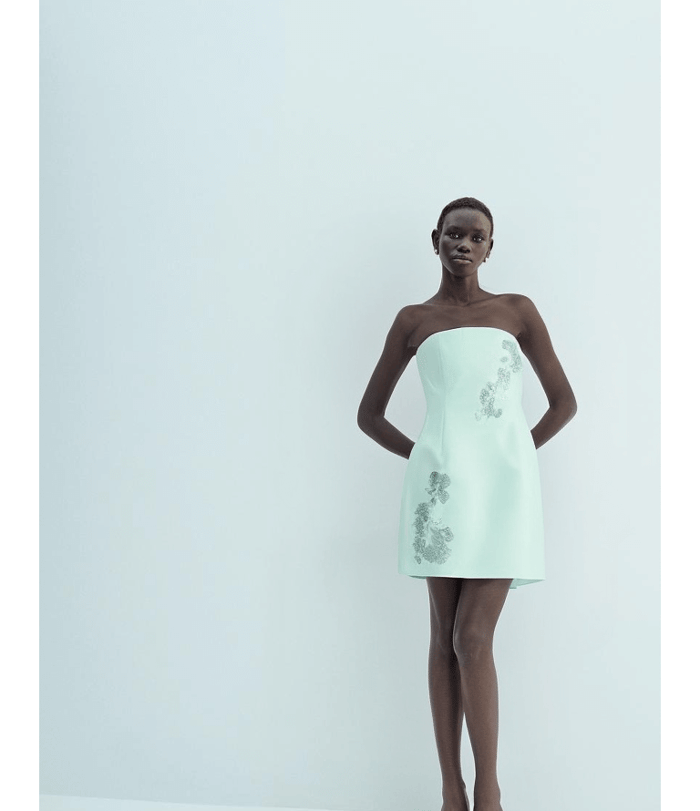
Bonus: Common Mistakes When Starting an Ecommerce Store
Avoid these pitfalls to fast-track your growth:
Launching without validating product demand
Using poor-quality product images or generic descriptions
Ignoring SEO and relying only on paid ads
Overcomplicating your tech stack early on
Failing to optimize your mobile shopping experience
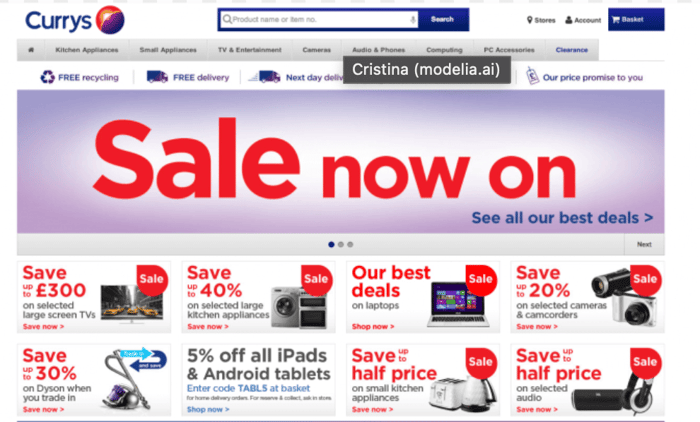
FAQs
How much does it cost to start an ecommerce store?
Starting an ecommerce store can cost anywhere from $100 to $5,000 or more, depending on your approach. Here's a typical breakdown:
Domain name: $10–$20/year
Ecommerce platform (e.g., Shopify, WooCommerce): $29–$79/month
Website theme or design: Free to $200 one-time
Product photos or AI-generated images: $0–$1,000+
Marketing (ads, email, influencers): $100–$1,000+
Inventory (if not dropshipping): Varies widely
Many entrepreneurs start lean with under $500, especially if they use dropshipping, print-on-demand, or AI tools like Modelia for product visuals.
How do I start my own ecommerce business?
To start your own ecommerce business, follow these steps:
Choose a niche: Find a product category with demand and differentiation.
Validate your idea: Use tools like Google Trends, keyword research, or pre-sales to test interest.
Select a business model: Choose between DTC, dropshipping, print-on-demand, or wholesale.
Register your business: Get a domain, set up your legal structure, and handle tax info.
Build your store: Use platforms like Shopify or WooCommerce to create your online store.
Add products with quality visuals: Use clear product descriptions and AI visuals from tools like Modelia.
Set up payments and shipping: Choose reliable gateways and define your fulfillment strategy.
Launch and market your store: Use email, social media, influencers, and SEO to drive traffic and sales.
What are the 4 types of ecommerce?
The four main types of ecommerce are:
B2C (Business-to-Consumer): The most common model, where businesses sell directly to individuals. Example: A fashion brand selling through its website.
B2B (Business-to-Business): One business sells to another. Example: A wholesale clothing manufacturer selling to boutiques.
C2C (Consumer-to-Consumer): Individuals sell to other individuals via marketplaces. Example: eBay, Depop, Facebook Marketplace.
C2B (Consumer-to-Business): Individuals offer goods or services to businesses. Example: Influencers licensing photos or freelancers offering design services.
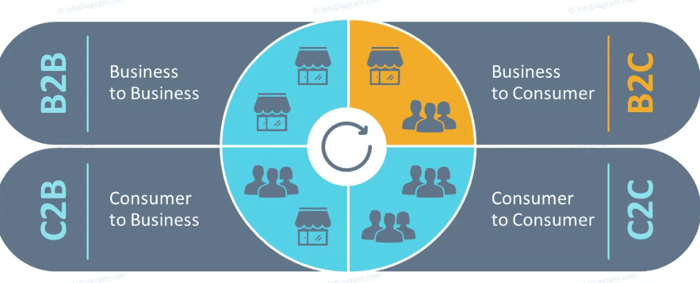
How profitable is an ecommerce store?
An ecommerce store can be highly profitable, but results depend on:
Product margins: Higher margins = more room for profit
Customer acquisition cost (CAC): Keeping marketing spend efficient is key
Conversion rate optimization (CRO): Design, UX, and product imagery affect sales
Recurring customers: Brands with strong retention tend to be more profitable
On average, ecommerce profit margins range from 10% to 30%, though lean dropshipping stores might earn less, while premium DTC brands or digital-product stores can exceed 50%. Tools like Modelia help boost profitability by lowering creative costs while improving conversion with high-impact visuals.
Summary Table: Key Steps to Start Your Ecommerce Store
Step | Why It Matters |
|---|---|
Pick a niche & product | Aligns you with real demand and customer needs |
Choose a business model | Impacts your margins, logistics, and long-term strategy |
Register your business | Builds legitimacy and keeps you compliant |
Build your website | Your store is your brand's first impression |
Add strong product content | Drives trust and conversions |
Set up payments & logistics | Ensures smooth checkout and fulfillment |
Launch with a marketing plan | Drives early traffic, awareness, and initial sales |
Final Thoughts on how to start an Ecommerce Store
Starting an ecommerce store isn't about chasing quick wins, it's about building a real, scalable business. With the right niche, clear positioning, high-quality visuals, and smart tools like Modelia, you can turn your idea into a brand customers love.
Remember: every big brand started small. What matters is execution, consistency, and a willingness to adapt.
Ready to build your brand with stunning visuals from day one?
Try Modelia for free and create professional product images in seconds.
How would you rate this article:
Related Articles
- 6 Best AI Image Upscaling Software to Boost Image Quality
- 7 Best fashion AI tools for designers
- The Best Winter Fashion Trends for a Stylish Season
- How an AI Personal Stylist Can Upgrade Your Wardrobe
- Top 8 Uwear AI Alternatives for E-commerce Fashion Imaging
- Virtual Jewelry Try-On: How AR Technology is Changing the Way We Shop for Jewelry
- Automated Video Generation: Transforming Content Creation with AI-Powered Technology
- The Best Autumn Outfit Ideas for This Season
- Fashion Photography: Tips, Trends, and Techniques for Stunning Visuals
- How to Create a Clothing Business Plan (Step-by-Step)


